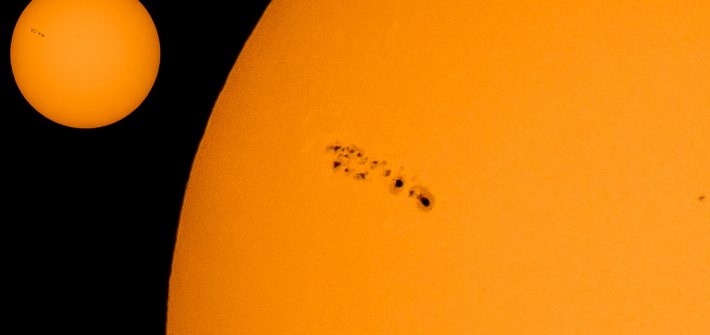Need to capture a time-lapse out in the wild over a six-month period? The Tikee camera might be the solution.
![]()

With long days and shorter nights, summer is a good time to consider getting into solar astrophotography. The Sun is also heading toward the active phase of its 11-year sunspot cycle and promises to make the Sun more interesting than the featureless cueball look of the sunspot cycle minimum. Solar astronomers use the count of visible sunspots as a measure of the solar activity, and sunspot cycle #25, as counted by astronomers, looks like it will be peaking sometime around 2024.